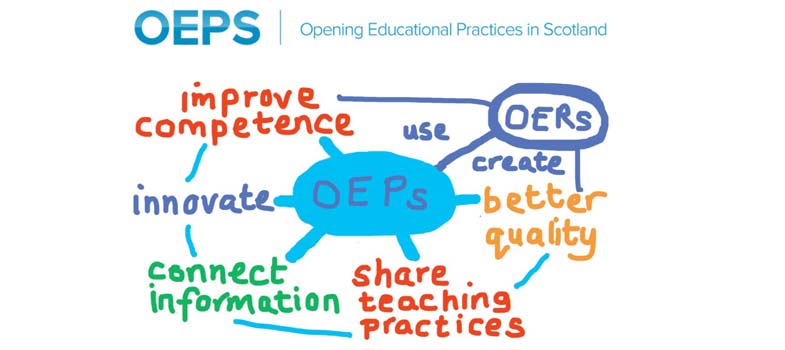The structure of the course
The rest of the course is divided into two main sections. The first section looks at the role of parasites in natural ecosystems, highlighting their importance within food webs and their wider environmental impact. The second section looks at parasites in seaweed aquaculture. It looks at the most widely researched and commercially important seaweeds and also touches on emerging areas highlighting significant gaps in our understanding of the dynamics within these systems. The language is necessarily technical, but will be familiar to people with a background in the biological sciences. We have tried not to assume too much prior knowledge of seaweeds or parasitology, and where possible we provide simplified summaries and explanations of key terms and interactions. For clarity and consistency, in this course we will mainly use the broader terms ‘diseases’ (irrespective of their biotic or abiotic origin) and ‘parasites’ (including pathogens, epiphytes and grazers.)
Seaweed (as you saw in the video and associated activities above) parasitology is a specialist and emerging area of research. This course will introduce you to this research, summarising and synthesising key studies. However, to appreciate this area you need to follow the links in the ‘Further reading’ boxes which are dotted about throughout the course.
The core material in this course should take you around two to three hours to work through. The ‘Further reading’ will take longer, and you may get hooked
Before you move on to Section 2, you should take the following short practice quiz [Tip: hold Ctrl and click a link to open it in a new tab. (Hide tip)] , which is based on the video you watched in the previous section.
1 Getting started
